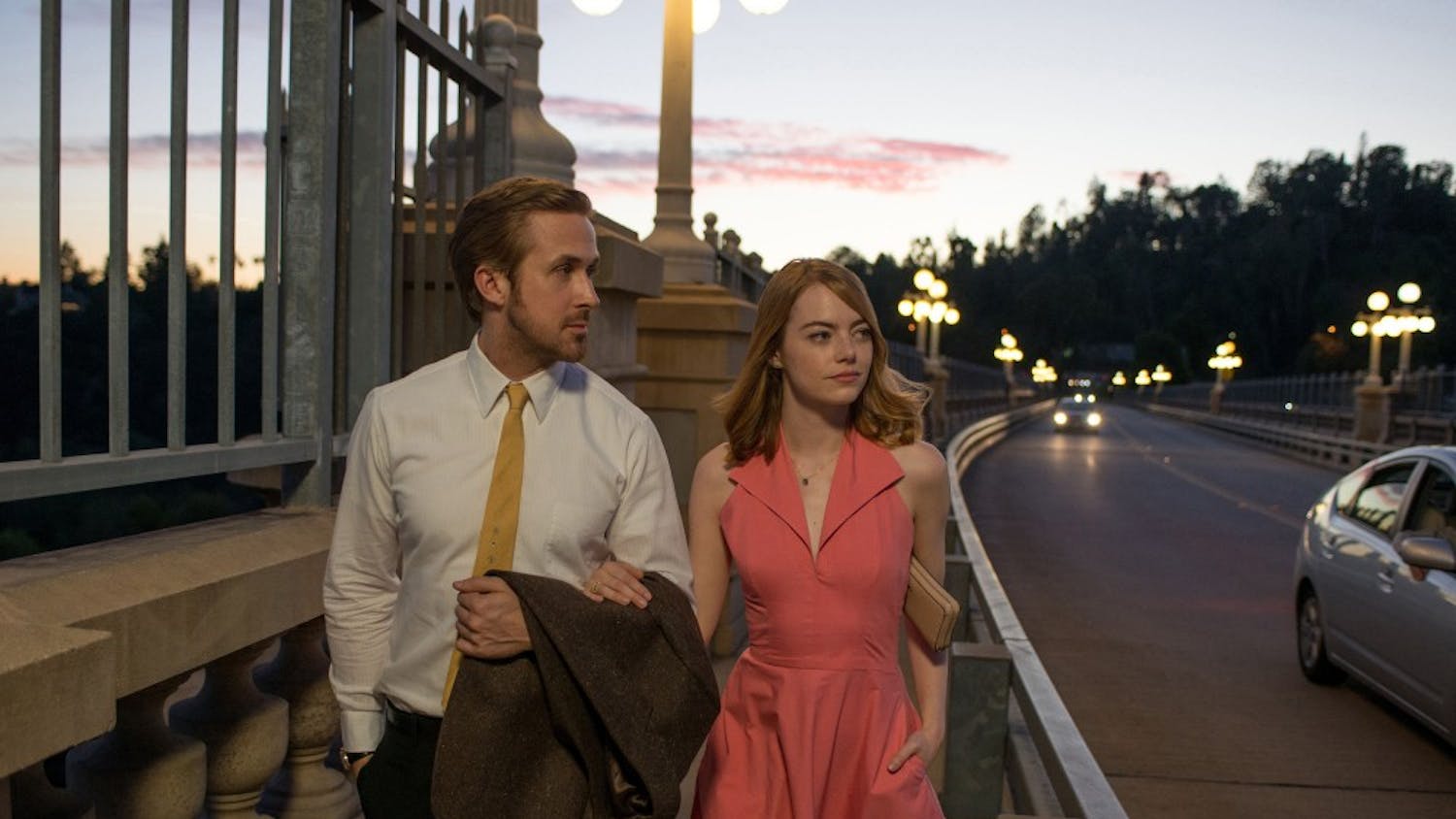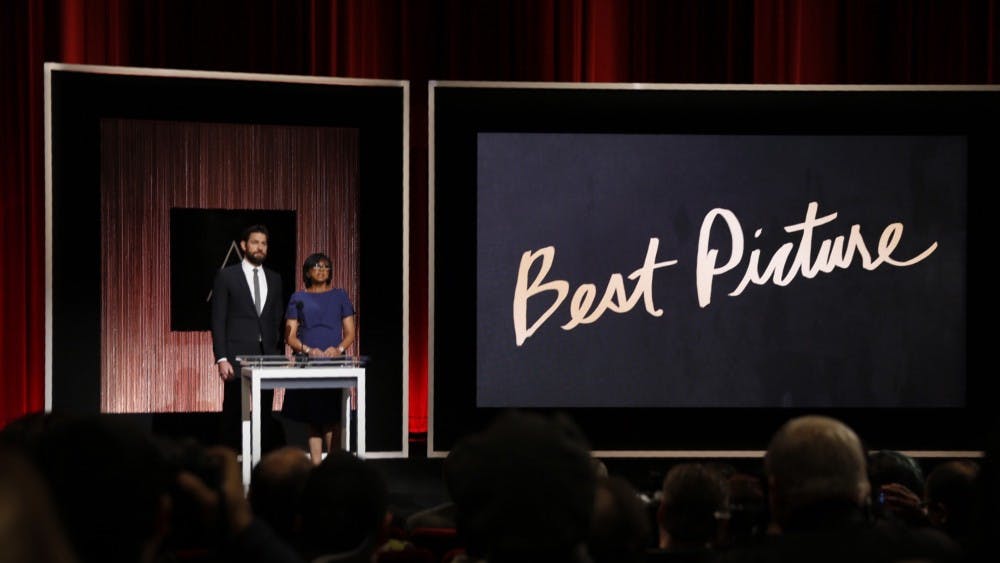To say the 1950s -- 1954-'59 in particular -- were a crucial period in American musical and cultural history is, quite simply, a massive understatement. Within those five years, the slate was wiped clean and all bets were suddenly off.\nAfter years, even decades of steady simmering, the boiling phenomenon that was rock 'n' roll erupted over the edges of the pot and drenched the entire country. What was old was now … old, replaced by a new sound and a new style that was anchored in the country's youth culture, a culture populated by millions of teenagers who suddenly possessed large amounts of time, money and curiosity.\nIt was that curiosity that spurred America's young adults to tune into Alan "Moondog" Freed's broadcasts from Cleveland and then New York, programs that sent the formerly sinful sounds of black America to a generation of white kids who were hungry for something with feeling, something with power, something with … danger.\nThe 1950s changed America, and the artists who flourished during those years laid the groundwork for a half-century (and counting) of music. Here's a (regretfully short) primer for fans interested in exploring the sound that started it all.
The Roots\nMany feel rock 'n' roll began in 1951, when singer Jackie Brenston, backed by a band led by Ike Turner (yes, that's Ike Turner), cut "Rocket 88" for producer Sam Phillips (whose name will pop up again shortly).\nThat, by many accounts, was the first rock 'n' roll record, but Brenston, Turner and Phillips weren't alone -- countless other artists were producing music that could be seen as rock 'n' roll without the label.\nMost important were the African-American vocal groups, like the Ravens; Billy Ward and the Dominoes with Clyde McPhatter, who later had a successful solo career; Hank Ballard and the Midnighters; and the Penguins. Eventually, these and other groups were given a far-reaching label: doo-wop. By the end of the '50s, groups like the Five Satins, the Coasters, the Platters, the Drifters, the Flamingos and the Del-Vikings had given doo-wop a brief but exciting heyday.\nAt the same time, white artists, many of them erstwhile country (or "hillbilly") acts, were starting to absorb African-American influences from the blues and R&B. One of them, Bill Haley, officially kicked off the rock 'n' roll era in 1955 with "Rock Around the Clock."\nBut by far the most important development in the creation of rock 'n' roll was when the previously mentioned Sam Phillips, who had used the money he made from "Rocket 88" to open his own recording business, Sun Studio in Memphis, found what he was looking for: a white guy who sounded black -- Elvis Presley.\nIn 1954, Presley, along with guitarist Scotty Moore and bass player Bill Black, recorded several songs for Sun -- including the landmark "That's All Right" -- that symbolized the fusion of black and white cultures that produced rock 'n' roll. Presley went on to become the biggest name in rock, but he never again matched the passion and power that fueled his Sun sessions.
The Big Three\nAt least in this writer's mind, there's a trio of 1950s artists who literally defined rock 'n' roll: Chuck Berry, Little Richard and Carl Perkins.\nMuch has been said about Chuck Berry, but it bears repeating: He is rock 'n' roll. By taking blues guitar and infusing it with country licks and an R&B beat, Berry produced a catalog of songs -- "Maybellene," "Roll Over Beethoven," "Memphis, Tennessee," "Johnny B. Goode," "Promised Land," among others -- that did nothing less than define the music.\nWhat Chuck Berry did on guitar, Little Richard did on piano. His flair for the outrageous and fiery intensity made him the most dangerous man in rock, and he loved it. Check out "Tutti Frutti," "Long Tall Sally," "The Girl Can't Help It," "Keep a Knockin'" and "Good Golly Miss Molly," among others. You won't regret it.\nCarl Perkins was the most creative and musically gifted of the first wave of rockers, but, thanks to a debilitating car accident, he ended up being overshadowed by other heavyweights like Elvis, who stole Perkins' rockabilly anthem "Blue Suede Shoes." Also recording for Phillips at Sun, Perkins defined the rockabilly movement with magnificent songwriting and influential guitar playing. This writer's Perkins fave is "Dixie Fried."
New Orleans\nPerhaps the juiciest brand of rock in the '50s was coming out of the Big Easy, N'Awlins, where producer Cosimo Matassa and arranger/band leader Dave Bartholomew guided a huge stable of talented artists to fame. At the front was Fats Domino, a rotund, warm piano man who took the boogie-rhumba style from Professor Longhair and produced a slew of hits like "The Fat Man," "Ain't That a Shame" and "Blueberry Hill."
Those who took the torch\nBy the late 1950s several artists had absorbed what the progenitors of rock 'n' roll had created and started pushing it in new directions. Unfortunately, many of them fell victim to untimely deaths. Perhaps the most important second-generation rocker was Buddy Holly, who began using the studio almost as an extra band member and showed for the first time that rock artists could kick ass ("Rave On"), be romantic ("Everyday") and make pop hits ("That'll Be the Day").\nHolly's fate is well known, but this writer's favorite '50s artist -- Ritchie Valens -- also died in that plane crash. Rock's first Latino star practically created garage rock with "Come On, Let's Go" and "La Bamba," while at the same time, cutting arguably the greatest ballad in rock history: "Donna."\nFinally, there was Eddie Cochran, a rockabilly artist who stretched the boundaries of that genre by, among others things, adding electric bass and power chords. Check out, of course, "Summertime Blues."\nNaturally, there are other artists -- like guitarists Link Wray, Roy Orbison and Duane Eddy, and the legendary harmony duo the Everly Brothers -- who deserve recognition, but this column is too long as it is. Maybe some other time.





